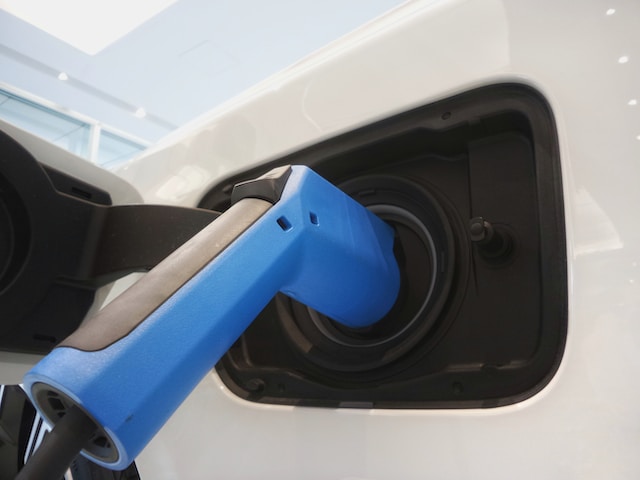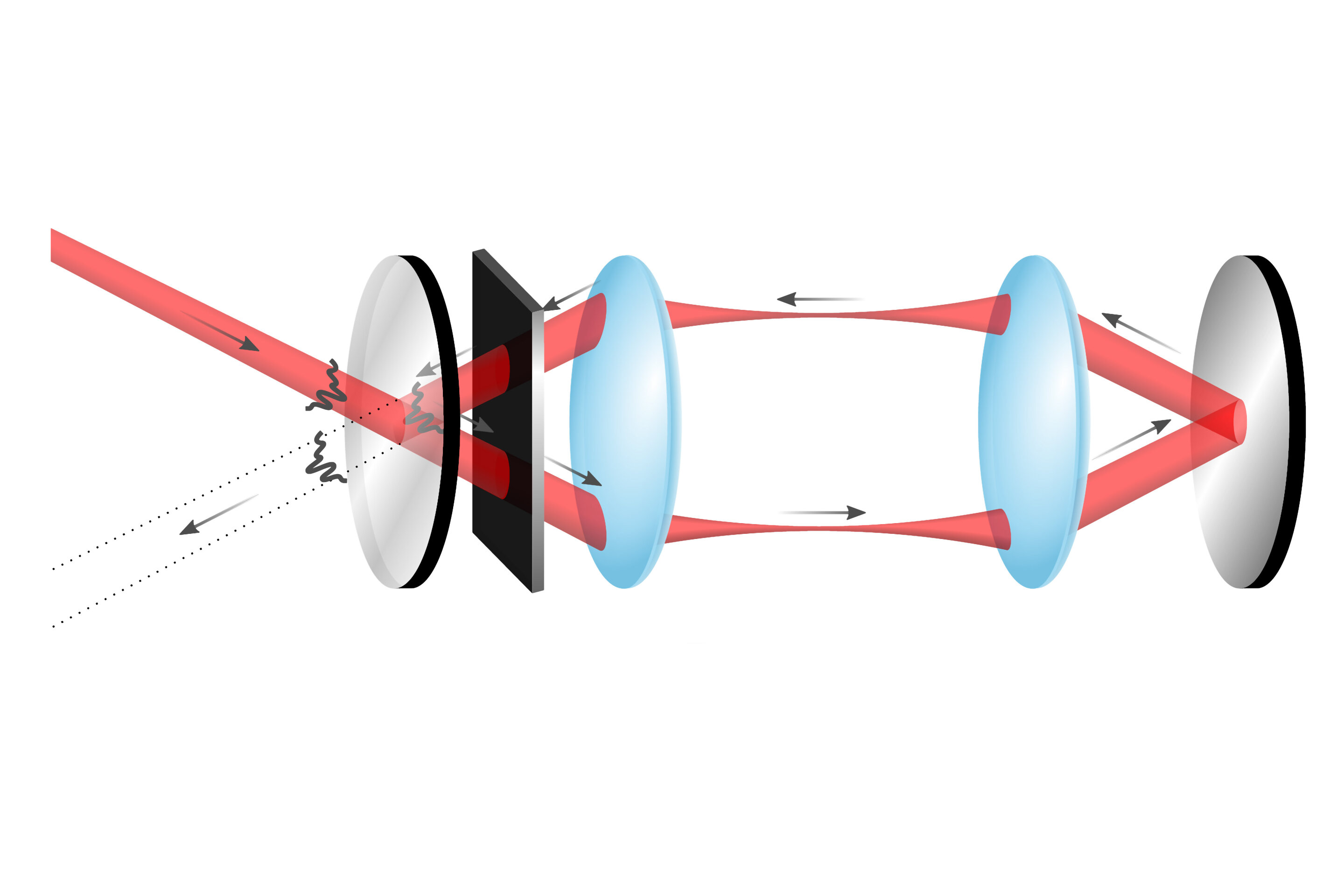It feels like every day in the news there is at least one report of a bad auto accident claiming lives or badly injuring passengers or pedestrians. Indeed, with so many vehicles on the roads, and lots of people driving when they’re distracted, tired, over the limit, or angry, it’s probably a wonder in some ways that there aren’t more.
Another element, though, of many issues on the roads each year is that vehicles are sometimes defective. Automotive recalls have certainly been on the rise in recent years, and don’t seem to be slowing down anytime soon. If you want to keep yourself and your family (and other people) as safe as possible, read on for the lowdown on vehicle recalls in America and what you should do if your car, bike, or truck is faulty.
Reasons for the Rise in Recalls
There are a number of reasons behind the rise in recalls over recent years. For starters, a lot has to do with the fact that vehicle manufacturing, repairs, and faults are monitored much more closely than they used to be.
In addition to the increased scrutiny, there have also been harsher penalties put in place. This has in turn likely encouraged more manufacturers to willingly institute recalls themselves. Negative publicity received from forced recalls may also be prompting manufacturers to act more proactively, and institute recalls themselves so that they can stay in front of the issue and manage the “optics” more.
There has also been an unprecedented increase in new vehicle model introductions in recent years. It is believed that the first few years after new models are introduced to the market are the riskiest times for recalls to occur. As well, increasingly complex components used in manufacturing may lead to more potential faults in vehicles and added recalls as a result.
Another factor that seems to be very much a prominent reason for the rise in recalls lately is the fact that so many vehicles contain technology now which controls their key systems. While much of the vehicular tech used is designed to create safer products, paradoxically the same technology can also lead to new dangers and more complex units.
If your vehicle or its equipment is part of a recall, have it looked at straight away so that the problem can be rectified. If, unfortunately, the issue causes you or another person to be in an accident or harmed in any other way, you may be liable for compensation. It pays to get legal advice on the matter, from a specialist in the area, such as this San Antonio personal injury lawyer.
How Recalls Work
Safety recalls on motor vehicles or corresponding equipment (like child car seats and tires) come about when products do not comply with a Federal Motor Vehicle Safety Standard, or when a safety-related defect is present. Any time minimum performance requirements are not met, a vehicle or piece of equipment can be recalled. The Standards cover everything from brakes and steering, through to air bags, safety belts, child restraints, and more.
A recall can be instigated by the Department of Transportation’s National Highway Traffic Safety Administration (NHTSA) when they investigate and find that a defect is present in a product, or when they are told about an issue by the manufacturer. Alternatively, manufacturers can voluntarily initiate a recall too.
Manufacturers must notify dealers, distributors, and vehicle or equipment owners about safety problems, and also remedy the defects at no charge to owners of products. The NHTSA monitors things closely to ensure that corrective action is taken as required and that recall campaigns are executed properly.
Safety defects are generally seen as problems which pose a risk to the safety of a motor vehicle, or which exist in a group of vehicles or pieces of equipment which have the same design or manufacture. Defects can occur in components, materials, and finished products. Some examples of safety defects are car jacks that collapse when people are working on a vehicle; airbags that don’t deploy when they should, or which deploy at the wrong times; and accelerator controls that break or stick.
What Consumers Should Do Next
If you suspect that your vehicle or a related piece of equipment has a safety defect, make sure you report it to the NHTSA as soon as you can. You can go to the www.safercar.gov website to report the issue online, or utilize the department’s telephone service. If you would prefer to write a letter, you can also post your correspondence to the NHTSA.
To submit a proper notification to the department, it is important to take careful notes about a number of details to do with the issue you’re having. For starters, detail the make, model, and manufacturer of the product, as well as the year it was built. You should also note down the system, part or assembly that is affected. Once your report is lodged, it will be used by the NHTSA and relevant manufacturers to work out if a safety-related defect does in fact exist, and if a safety recall, or at least thorough investigation, is required.









